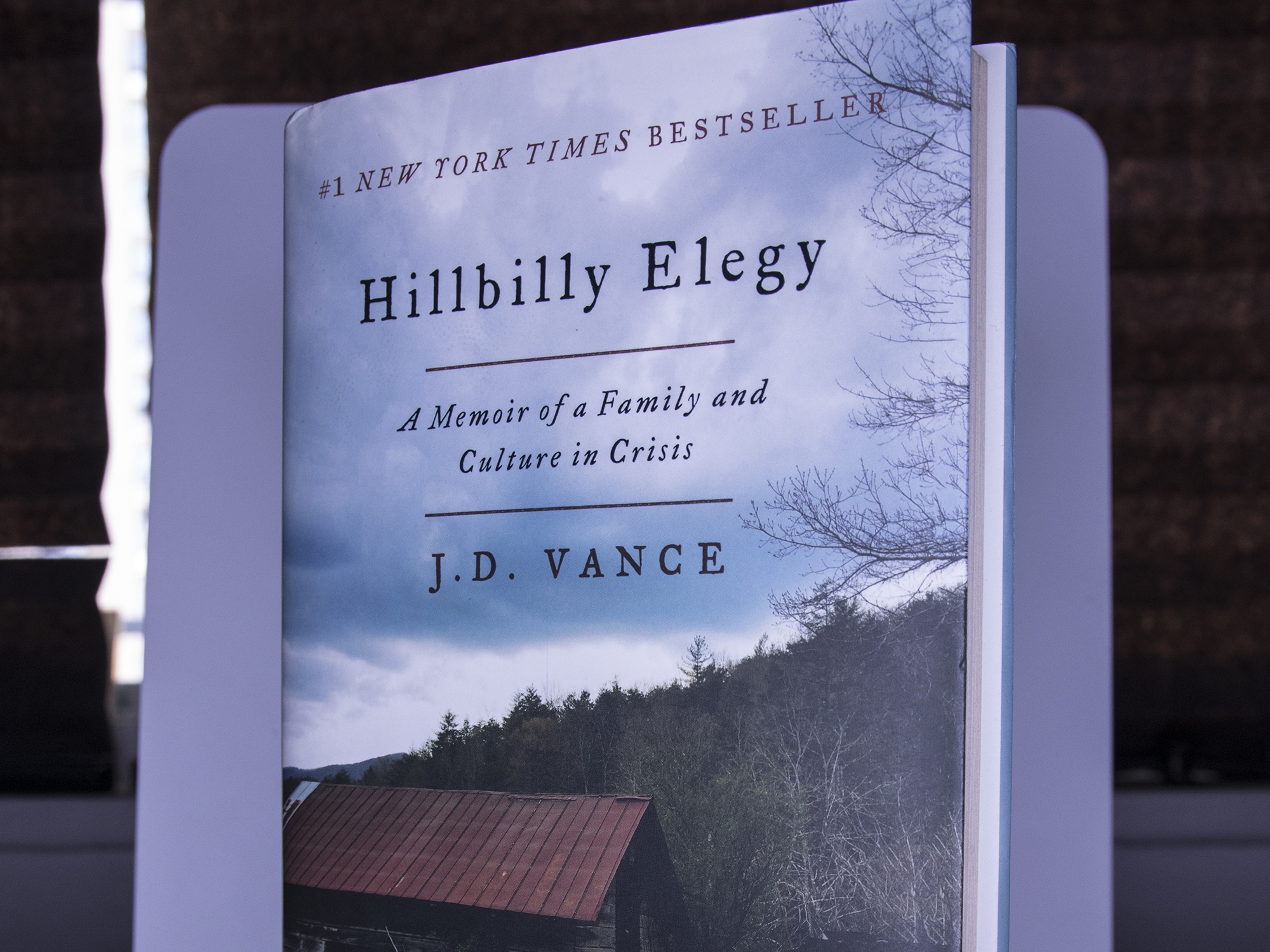
Appalachia’s Counter-Narrative to ‘Hillbilly Elegy’
elegy “Hillbilly Elegy,” the memoir by J.D. Vance that became a bestseller and later a film, has returned to the spotlight, reigniting debates about the portrayal of Appalachia and its people. Vance’s narrative, which paints a picture of poverty, addiction, and dysfunction in the region, struck a chord with many readers and viewers. However, it has also drawn significant criticism for what some see as a narrow and stereotypical view of Appalachian life. In response, a growing number of Appalachians are writing a different tale—one that challenges the narrative presented in “Hillbilly Elegy” and offers a more nuanced, diverse, and hopeful vision of the region.
The Controversy Surrounding ‘Hillbilly Elegy’
When “Hillbilly Elegy” was first published in 2016, it quickly became a cultural phenomenon, especially in the context of the 2016 U.S. presidential election. Vance’s story, which describes his upbringing in a poor, working-class family in Ohio with roots in Kentucky, was interpreted by many as an explanation for the political and social struggles of the white working class in America.
Vance’s memoir delves into the challenges faced by his family, including substance abuse, economic hardship, and social instability. These themes resonated with many readers, particularly those looking to understand the social dynamics of the Rust Belt and Appalachian regions. However, critics argue that “Hillbilly Elegy” reinforces negative stereotypes about Appalachians, portraying them as stuck in a cycle of poverty and despair, with little agency or hope for change.
A Different Appalachia: Stories of Resilience and Diversity
In response to “Hillbilly Elegy,” many Appalachian writers, artists, and scholars have stepped forward to share stories that reflect the complexity and diversity of the region. These voices emphasize that Appalachia is not a monolith but a place of rich cultural heritage, resilience, and community.
Elizabeth Catte, a historian and author from Virginia, is one such voice. In her book “What You Are Getting Wrong About Appalachia,” Catte directly challenges Vance’s narrative, arguing that it oversimplifies the region’s history and ignores its diversity. Catte points out that Appalachia is home to people of various racial, ethnic, and economic backgrounds, and that the region’s struggles cannot be reduced to a single narrative of decline.
Similarly, Silas House, an acclaimed novelist and Appalachian native, has used his writing to paint a more complex picture of the region. House’s work often explores themes of community, family, and the natural beauty of Appalachia, offering a counter-narrative to the bleak portrayal in “Hillbilly Elegy.” His novels, such as “Clay’s Quilt” and “Southernmost,” depict Appalachia as a place where people face challenges, but also experience deep connections to each other and the land.
The Role of Art and Culture in Shaping Appalachian Identity
Table of Contents
Beyond literature, Appalachian culture is expressed through a wide array of artistic forms, including music, crafts, and oral traditions. These cultural expressions are integral to the region’s identity and offer alternative narratives to those found in “Hillbilly Elegy.”
Appalachian music, for instance, has long been a source of pride and cultural expression in the region. The sounds of bluegrass, old-time, and folk music tell stories of the land, the people, and their experiences. Artists like Rhiannon Giddens and Tyler Childers have gained national recognition for their work, which draws on Appalachian traditions while addressing contemporary issues. Their music challenges the notion that Appalachia is stuck in the past, instead highlighting its ongoing cultural vitality.
In addition, Appalachian craft traditions—such as quilting, weaving, and pottery—continue to thrive, often passed down through generations. These crafts are not just functional but are also deeply symbolic, representing the creativity and resourcefulness of the people who make them. The Appalachian Artisan Center in Kentucky, for example, supports local artisans and helps preserve these traditional skills, ensuring that they remain a vibrant part of the region’s culture.

The Importance of Local Activism and Community Initiatives
Another crucial aspect of the counter-narrative to “Hillbilly Elegy” is the role of local activism and community initiatives in shaping Appalachia’s future. While Vance’s memoir focuses on individual success stories, many in the region are working collectively to address the challenges their communities face.








